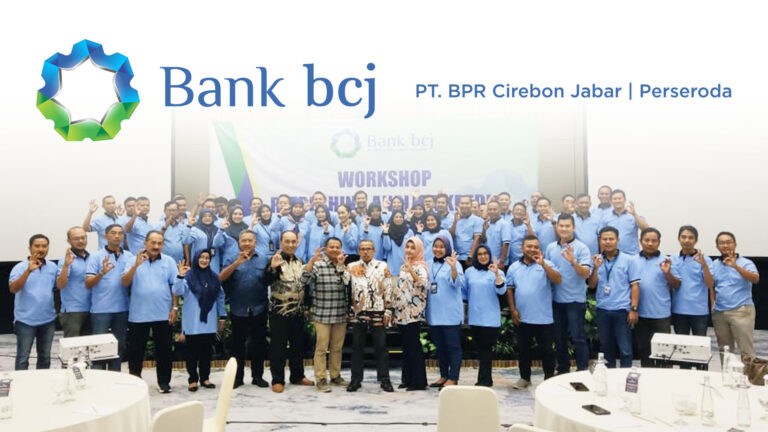Bank Indonesia has taken a significant step toward revitalizing the national economy by cutting its benchmark interest rate (BI Rate) by 25 basis points to 5.75 percent. This strategic decision, announced at the Board of Governors Meeting (RDG) on January 14-15, 2025, reflects the central bank’s resolve to bolster credit growth and stimulate economic activity amid global and domestic challenges.
Perry Warjiyo, the Governor of Bank Indonesia, emphasized that this policy would encourage banks to prioritize credit distribution over investments in financial instruments such as Government Securities (SBN) and Bank Indonesia Rupiah Securities (SRBI). By reducing the cost of borrowing, the central bank aims to energize sectors crucial to economic growth, particularly property, automotive, and micro, small, and medium enterprises (MSMEs).
“With lower interest rates, banks are more likely to channel funds into credit, creating a positive cycle of growth for businesses and consumers alike,” Perry stated during a press conference following the RDG in Jakarta. He also highlighted that the growth of banking credit in 2024 had reached 10.39 percent year-on-year (yoy), within the projected range of 10 to 12 percent. For 2025, credit growth is expected to accelerate further, reaching between 11 and 13 percent.
Bank Indonesia’s policy is supported by a combination of monetary and macroprudential measures designed to enhance liquidity and encourage banks to lend to priority sectors. As of mid-January 2025, the central bank had allocated IDR 295 trillion in liquidity incentives under the Macroprudential Liquidity Incentive Policy (KLM), up from IDR 259 trillion in October 2024. This robust injection of liquidity underlines the bank’s commitment to fostering economic expansion.
Data from Bank Indonesia underscores the broad-based growth in credit distribution. Working capital loans increased by 8.35 percent yoy, investment loans surged by 13.62 percent, and consumer loans rose by 10.61 percent. Additionally, Sharia-compliant financing grew by 9.87 percent, while loans to MSMEs experienced a modest yet significant growth of 3.37 percent. These figures indicate strong performance across diverse economic sectors.
Financial analyst Arianto Muditomo praised the move as a strategic effort to boost domestic consumption and investment. However, he warned of potential risks, particularly the possibility of reduced foreign interest in rupiah-based assets, which could lead to capital outflows. The weakening of the rupiah against the US dollar poses another challenge, potentially increasing the cost of imports and exerting upward pressure on inflation.
“This policy brings benefits but also requires caution,” Arianto noted. “Bank Indonesia must carefully balance its objectives of promoting growth while maintaining exchange rate stability. Active intervention in currency markets and strengthening foreign reserves will be critical in mitigating risks and preserving investor confidence.”
Despite these challenges, the reduction in the BI Rate is expected to have a far-reaching impact. Lower borrowing costs will make it easier for businesses and consumers to access financing, driving growth in key sectors. Property developers, MSMEs, and manufacturers are poised to benefit significantly, contributing to job creation and economic resilience.
This bold adjustment in monetary policy underscores Bank Indonesia’s proactive approach to navigating an uncertain economic landscape. By focusing on liquidity expansion and credit growth, the central bank is not only supporting the present economic recovery but also laying the foundation for sustainable development in the years to come.









